 Winter is a great time for learning your evergreens. The forest is open and without insects, and evergreens stand out strongly, especially in empty woods. In the south we have a lot of evergreens due to the latitude and mild climate.
Winter is a great time for learning your evergreens. The forest is open and without insects, and evergreens stand out strongly, especially in empty woods. In the south we have a lot of evergreens due to the latitude and mild climate.Hollies are extremely common. Here's one right outside our apartment:


Here's a shrubby holly with spiny leaves:




Hollies often remind me of camping down in Florida - the Apalachicola south of Tallahassee. Hollies are everywhere . . . dahoon, winterberry, yaupon, american . . . there's an entire understory of a short shrubby ilex called gallberry. It's often the main ground cover in the pine flats.
If you wander through any woods in the East in winter, two trees simply dominate the understory because they're the only ones with leaves - American holly and beech. The beech's leaves are dead, but they hold on to them almost throughout the winter.
We camped one winter in the Uwharrie mountains of the Piedmont of North Carolina. We wandered miles throughout the forest searching for a home-site and there was never anyone around - just total silence. And in such silence the presence of the young beeches and holly with their full spread of leaves felt like almost company.
Here's a photo of a young beech out in January:
The nude beech trunk, that everybody likes to carve in:
And a close-up of the coppery-orange strongly-veined leaves:
If you look out into the forest as you go down any road in the East, what stands out most is the understory of orange beech foliage and the occasional evergreen holly.
Beeches are related to oaks, as they produce edible nuts. The squirrels seem to beat me to the nuts every time. When I try one it's either unripe or taken. But I haven't had enough experience. I've read settlers back in pioneer days depended on beech nuts . . . and as far as the forest goes, it's a major crop.
But what's great about the beech as far as edibility, and lesser known, is the leaves. They are probably the best spring green, and can be eaten in infinite quanities. We could pull whole salads off the trees for weeks in spring.
The leaves are excellent from when they first appear, all through their light green phase, even full-size . . . you can eat them all day. Usually after a month the leaves get plasticky and darken. Then you can't eat them at all. They secrete some substance to keep insects from devouring them.
But as far as edible tree leaves go, I'd put them up there in the top 5, with sassafras, linden, boxelder and sourwood. Many people don't realize you can live off tree leaves like a gorilla in the East all through the warm time of year, especially spring.
Boxelder leaves in the spring are excellent like beech (but boxelder never gets plasticky, the leaves just get a little stronger and tougher over the course of the summer). Sassafras (you know the leaves on little trees that are lobed like mittens) is excellent all spring and into the summer. Sourwood you can eat practically up through the fall when the leaves turn bright red.
And as far as linden [basswood] . . . its leaves are as big as your face, and so mild we use them as tortillas all through the summer. They have a slight down, which texture-wise gives them a little roughness. So we tried steaming them before we used them to wrap our beans. This worked, the leaves lost the roughness . . . but they became fragrant and tasted like tea.
Our best method was to steep them overnight in apple cider vinegar (I do the same thing with wild grape leaves when making dolmas). This not only gave them a great texture, but a nice acid flavor which went well with the beans. And the vinegar can be used over and over.
There are many shrubs and young winter trees in the understory covered in an evergreen greenbriar:
 Greenbriar is usually deciduous, but in the south, we've got a few that are green all winter.
Greenbriar is usually deciduous, but in the south, we've got a few that are green all winter.Greenbriar is an easy vine to identify. If you see a briar-like vine (thorny), that's green, even the stems - greenbriar. It also has conspicuous tendrils that it uses to grab onto plants to climb.
These tendrils are excellent raw . . . I've tried many varieties and only one or two are strong - usually the tougher, more southerly ones, are not quite so mild. It's the same with grape. All forms of grape have excellent tendrils, and quite usable leaves, but the muscadine, the southern grape, has strong tendrils and leaves that are too strong unless fermented [you can pack strong wild greens into a glass jar, put a lid on, and leave it in the sun for a week - this will tenderize and sweeten them].
The first basket we ever made was from greenbriar vines, while canoeing the Suwanee River. The vine is rather stiff and brittle and an inferior basket material.
You'll notice greenbriar covered in berries in late summer. Most are blue-black and tasteless. The red have more flavor, and are slightly sweet . . . but I've found it only down canoeing in the Okefenokee Swamp in southeast Georgia. I'll eat the blue-black ones here and there - they're so common. You never know what nutrients they have, such as vitamins, minerals, and antioxidants. They may even have a few calories, a trace of starch or fat.
Here's a russian olive, related to the highly edible autumn olive:

According to Couplan's "The Encyclopedia of Edible Plants of North America", the berries are edible, 'sweet and acid', but I haven't tried them.
Here is a row of cherries:
A close-up of the unmistakable cherry bark:
I believe these are sterile cherries, the double-flowered ones (they genetically train the stamens into petals).
Here's the ubiquitous ground cover of English ivy:

A closer shot:
Kale! The pansies are useless, but the kale is the same one everybody grows in their gardens. Good food . . . and nutritious.
Here's the common juniper:
Has small blue berries [actually fleshy cones] that are strong but edible. Sometimes the berries are sweet and not strong at all, with very little juniper resin taste. We'd gathered bags and bags of alligator juniper berries in the Southwest - which are big, syrupy sweet, and mealy - and it definitely surprised me to find that the little blue berries of common juniper are edible also . . . most guides say they're strictly for flavoring gin.
Here's a river birch:

According to Tom Brown, birch bark makes a tinder that will burn even when soaking wet. This was something I had to try.
We were camped high up in a peak in the Smokies, near a spring, and a beautiful little field of bee balm. The Smokies are very wet and we'd just had another day of rain. The birch up there is the yellow birch. And he's right, the wet birch caught flame like a sheet of paper. It's something to keep in mind throughout the East.
I come across a tree with crabapple bark covered in rotten cherries, and still have no explanation:
Here's an often planted little bush in the Southeast, Nandina:
Look at these massive arborvitaes:


Here's a young tree covered in shiny black berries:
We walked down to the railroad tracks. Railroad grades are often excellent habitats for plants. The only problem is they spray heavily with herbicides, and only the toughest weeds can stand it.
Here's a giant tulip tree down near the grade:
The tulip tree is a huge, fast-growing magnolia. There's a place in western North Carolina called Joyce Kilmer/Slickrock wilderness. It's old growth, the original southern Appalachian woodlands. It's worth a walk through. Some of the tulips are as big around as redwoods . . . they are truly massive. The ground was covered in edible partridge berries. But there were also a lot of gnats.
Here's an old withered pokeweed stalk:

We read the weight limits on the cars as they pass by. The average train car weighs anywhere from 50,000 to 70,000 pounds. And as far as gross weight fully loaded - the box cars come in at around 150,000 pounds . . . and the open coal cars had a max weight limit of 240,000 pounds. That's over three times the weight of a loaded semi trailer. It must take serious muscle to get a mile-long chain of these cars moving.
I tried to get some photos of all the mistletoe on the hardwoods as we walked back. But with the overcast sky, it's difficult:

 It's a bright green clump up in the hardwoods, a parasite - very common. Has white flowers in the spring. There's even a mistletoe on juniper which I've seen out in New Mexico.
It's a bright green clump up in the hardwoods, a parasite - very common. Has white flowers in the spring. There's even a mistletoe on juniper which I've seen out in New Mexico.I feel like I haven't even made a dent in the trees out. I'll have to continue in another post.
.



















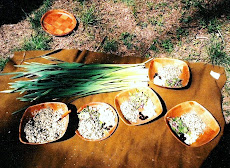









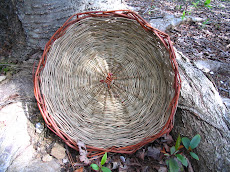







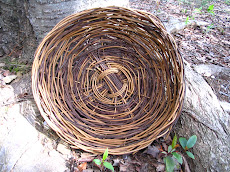

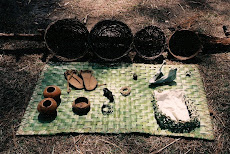


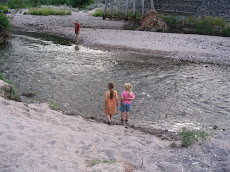

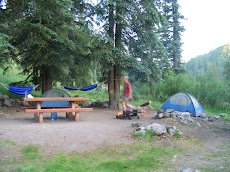


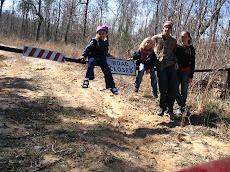






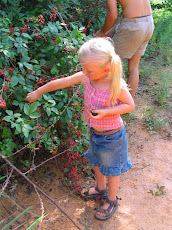







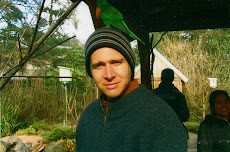
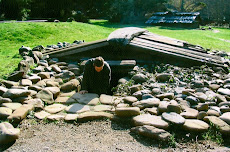

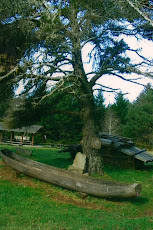



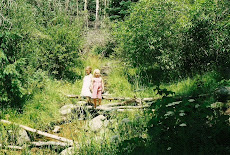
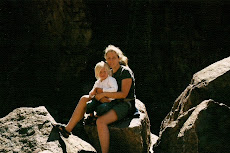
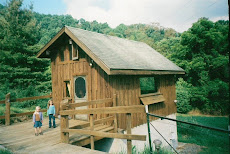

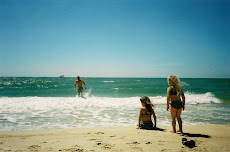
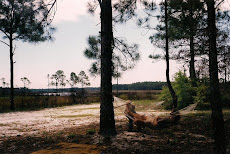

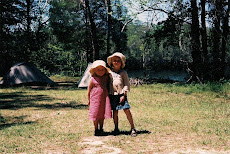.jpg)

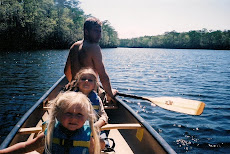.jpg)

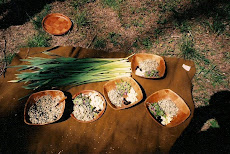
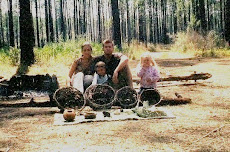
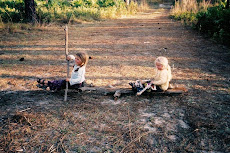.jpg)



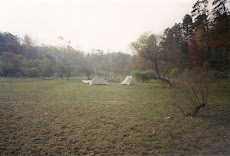

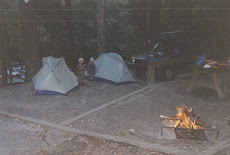


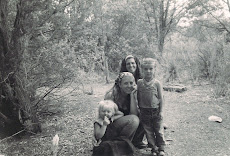.jpg)
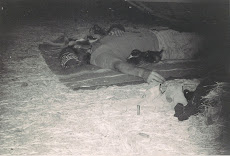.jpg)
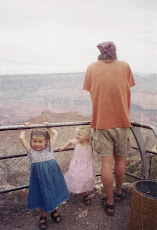
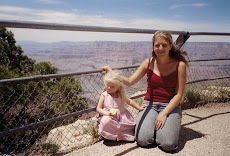.jpg)
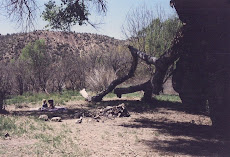.jpg)
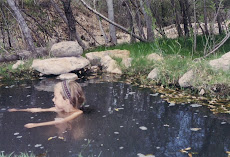
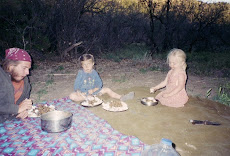.jpg)
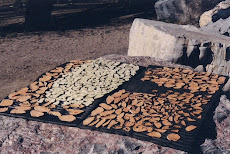
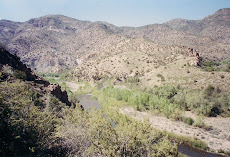.jpg)


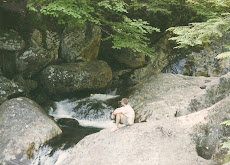


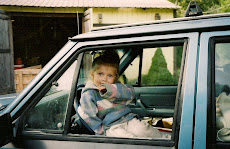




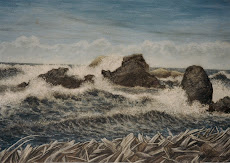


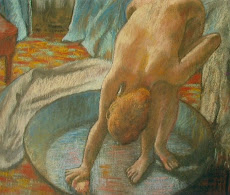

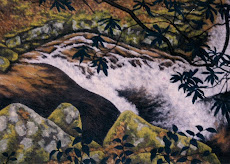








1 comment:
I love the outdoors and this was a great insight for me as I am new to South Carolina!!! Thank You!!!
Post a Comment